Common Fireplace Problems that Affect Its Functionality
A functional fireplace is essential to safety. No one wants to have a chimney fire, and there are some easy ways to ensure your house never has one. It starts with an annual inspection from Northeastern Chimney, LLC and ends with one of our technicians properly mitigating any issues they discover. So, what are those potential problems exactly? With any wood-burning fireplace, there are six common fireplace problems that affect its functionality.
 Creosote build-up in the flue
Creosote build-up in the flue
The first is excessive creosote build-up in the flue. An annual chimney sweep is the best way to mitigate creosote build-up. Virtually all wood-burning fireplace systems will need to be swept each year to prevent this from becoming a safety hazard.
Debris or other blockages
If your chimney is missing its cap, most likely you’ll eventually see debris build-up within the flue. Not only is this a fire hazard, but excessive blockages at the top (such as a bird’s nest) will also lead to carbon monoxide backing up into your home.
Physical damage to the masonry
The freeze-thaw effect common to our part of the country means that it’s highly likely your masonry will need to be repaired from time to time. Otherwise, water can (and will) enter any crack in the masonry, freeze, expand, and then when it melts leave an even bigger hole. Eventually, your entire masonry can collapse from this.
Birds and other animals
We’ve already mentioned bird nests, but it’s worth repeating. During the cold Connecticut winters, animals will always look for someplace to get warm. A fireplace offers them exactly what they’re looking for. It’s important to keep them out lest they create another potential obstruction in your flue.
Issues with your damper
If there is a fire in your firebox, the damper should always be open. It should also remain open until the last ember is fully extinguished. A broken damper, or one that won’t open, can again cause dangerous toxic gases to back up into your home.
Low-quality firewood
Seasoned firewood — which means it has roughly a 20% moisture rating — is the best kind to burn. Too much or too little moisture leads to excessive smoke and extra creosote build-up in your flue.
 Gas fireplace specific issues
Gas fireplace specific issues
In addition, natural gas-powered fireplaces have problems unique to them. As with wood-burning fireplaces, you will need to have these components inspected each season.
- Pilot lights: These are usually pretty easy to relight. If your gas fireplace won’t light, it’s usually an issue with the pilot light.
- A broken thermocouple: This is a set of special metal rods common to older gas fireplaces. It helps to regulate the automatic on/off functionality of your fireplace. If it lights, then turns off quickly, there’s usually an issue with the thermocouple.
- Malfunctioning thermopile: Likewise, newer constructions often have a thermopile instead of a thermocouple. The distinction isn’t significant, but the end result is the same. A problem with the thermopile will lead to your fireplace turning off before it’s supposed to.
Preventing common fireplace problems
No one wants to deal with fireplace problems. Yet, as we’ve covered today, there are quite a few to be aware of that can affect its functionality.
An annual inspection of your complete fireplace system is the best way to minimize any chimney downtime and to keep your family safe during the winter months. It’s easy to contact a Northeastern Chimney, LLC tech — just call us at 860-233-5770 or send us a message requesting a repair estimate on our website.
This post first appeared on https://www.mychimney.com


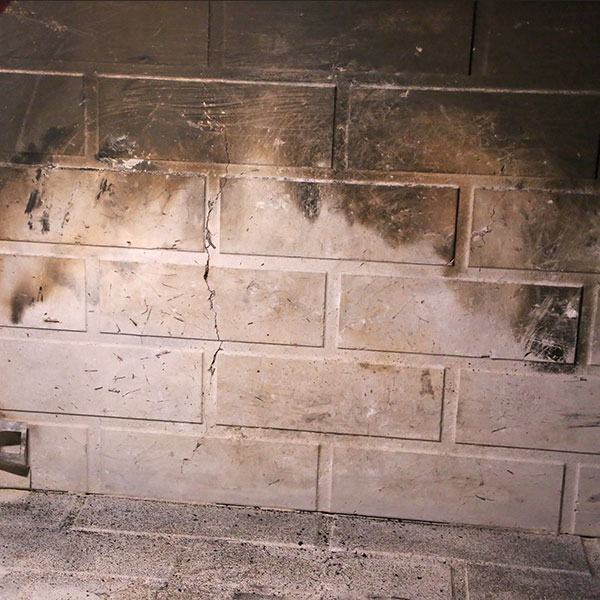 Causes of Firebox Cracks & Damage
Causes of Firebox Cracks & Damage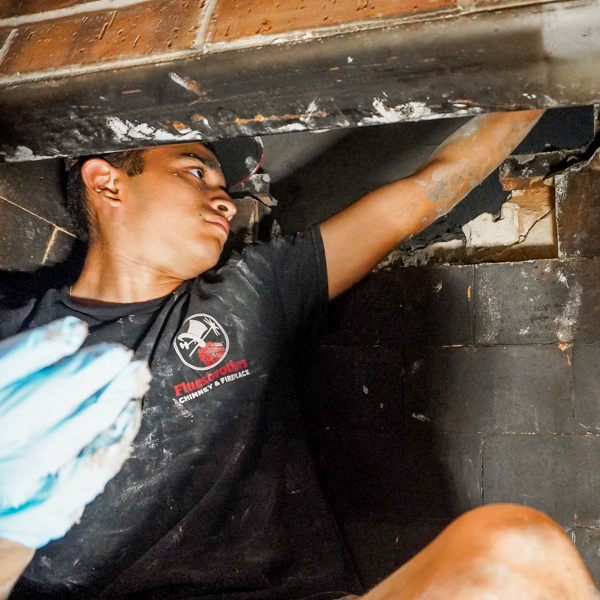
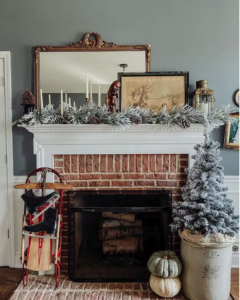



 What Are Creosote Sweeping Logs?
What Are Creosote Sweeping Logs?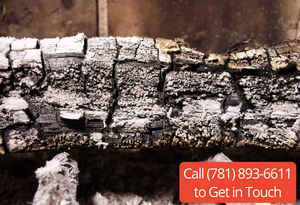
 How Chimney Drone Inspections Work
How Chimney Drone Inspections Work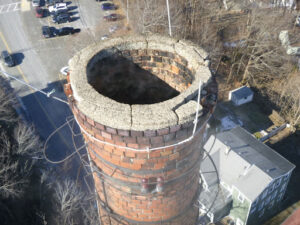 Clearer Communication
Clearer Communication

 No chimney is complete without a chimney cap
No chimney is complete without a chimney cap